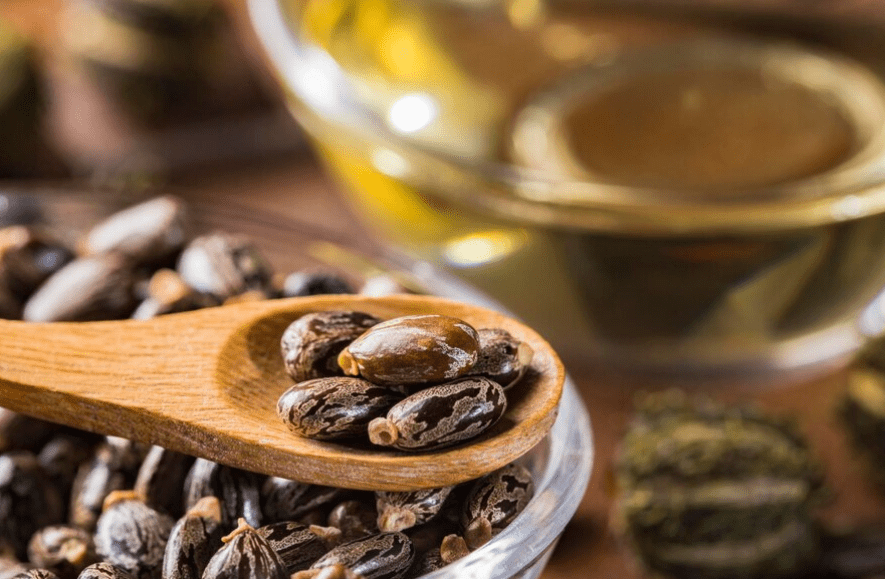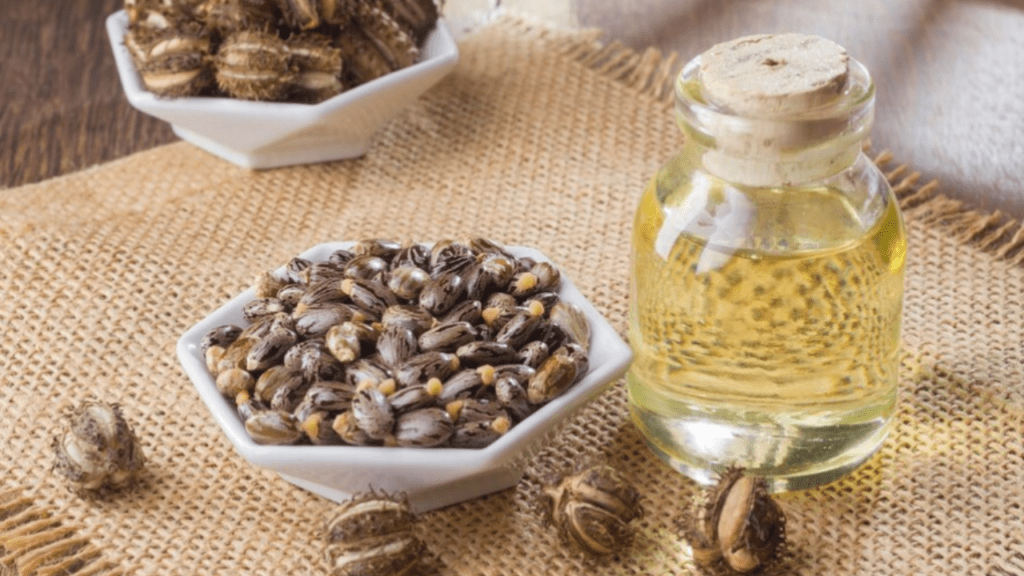
Castor Oil Plant Seeds: Tips for Planting and Harvesting
Are you interested in growing your own castor oil plants? In this article, we’ll provide you with all the tips and guidelines you need for planting and harvesting castor oil plant seeds. Whether you’re a seasoned gardener or a beginner, we’ll cover everything from the best planting conditions to the right time for harvesting to ensure a successful and bountiful harvest. By following our guidelines, you’ll be on your way to growing healthy and productive castor oil plants in no time.
The castor oil plant, also known as Ricinus communis, is a species of flowering plant in the spurge family, Euphorbiaceae. It is native to the southeastern Mediterranean Basin, Eastern Africa, and India. The seeds of the castor oil plant are highly significant as they are the source of castor oil, which has a wide range of practical and industrial uses.
When it comes to planting and harvesting castor oil plant seeds, there are a few key tips to keep in mind. Firstly, it’s important to choose the right location for planting. Castor oil plants prefer full sun and well-drained soil, so be sure to select a spot in your garden that meets these requirements.
In terms of planting, you can sow the seeds directly into the soil in the spring once the danger of frost has passed. Make sure to space the seeds evenly and water them well after planting. As the plants grow, be sure to keep the area around them free from weeds and provide regular watering to ensure healthy growth.
When it comes to harvesting, it’s best to wait until the seed pods have turned brown and started to split open. This is a sign that the seeds are mature and ready for harvesting. Simply cut the seed pods from the plant and remove the seeds. Be sure to handle the seeds with care, as they are toxic if ingested.
By following these tips for planting and harvesting castor oil plant seeds, you can enjoy a successful and bountiful harvest of this valuable and useful crop. Whether you’re interested in growing castor oil plants for their practical uses or simply for their ornamental value, these guidelines will help you to achieve success in your gardening endeavors.
Table of Contents
ToggleUnderstanding Castor Oil Plant Seeds
The seeds of the castor oil plant are valuable for their many uses, including the production of castor oil and biofuel. When planting castor oil plant seeds, it’s important to choose a sunny location with well-drained soil. The seeds should be planted at a depth of about one inch, and they will require regular watering to ensure germination. As the plants grow, be sure to keep the area around them free from weeds and provide regular watering to ensure healthy growth. When it comes to harvesting, it’s best to wait until the seed pods have turned brown and started to split open. This is a sign that the seeds are mature and ready for harvesting. Simply cut the seed pods from the plant and remove the seeds. Be sure to handle the seeds with care, as they are toxic if ingested. By following these tips for planting and harvesting castor oil plant seeds, you can enjoy a successful and bountiful harvest of this valuable and useful crop. Whether you’re interested in growing castor oil plants for their practical uses or simply for their ornamental value, these guidelines will help you to achieve success in your gardening endeavors.
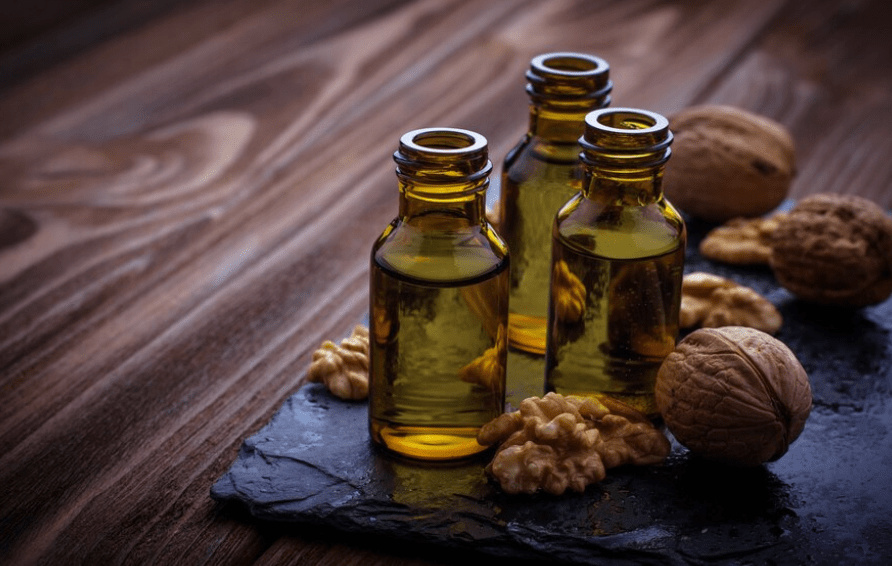
Benefits of Castor Oil Plant Seeds
Health Benefits
Castor oil plant seed have many health benefits. The oil extracted from the seeds is often used for medicinal purposes, such as relieving constipation and promoting bowel movements. It is also used as a natural remedy for skin ailments like acne, dry skin, and dandruff. The oil can also be used to promote hair growth and improve the overall health of the scalp. Additionally, castor oil has anti-inflammatory and antibacterial properties, making it a popular choice for treating minor cuts, bruises, and skin infections. Overall, the health benefits of castor oil plant seeds make them a valuable addition to your gardening efforts.
Industrial and Commercial Uses
Castor oil plant seeds have a variety of industrial and commercial uses. The oil extracted from the seeds is commonly used in the production of biofuels, lubricants, and plastics. It is also used in the manufacturing of soaps, cosmetics, and pharmaceutical products. Additionally, the seeds themselves are used in the production of fertilizers and animal feed. The versatility of castor oil plant seed makes them a valuable commodity in various industries and commercial applications. Whether you are looking to grow them for their health benefits or for industrial and commercial purposes, these seeds can be a beneficial addition to your garden or farm.
Agricultural Uses
The oil from castor oil plant seeds can be used as a natural pesticide to control pests in agricultural settings. It is also used as a natural fertilizer to improve soil quality and enhance plant growth. Additionally, the seeds can be used to produce biodiesel, which is a sustainable and eco-friendly alternative to traditional fossil fuels. Overall, the agricultural uses of castor oil plant seed make them a valuable and versatile crop for farmers and gardeners. Whether it’s for pest control, soil improvement, or biofuel production, these seeds can play a valuable role in sustainable agriculture.
Growing Castor Oil Plant Seeds
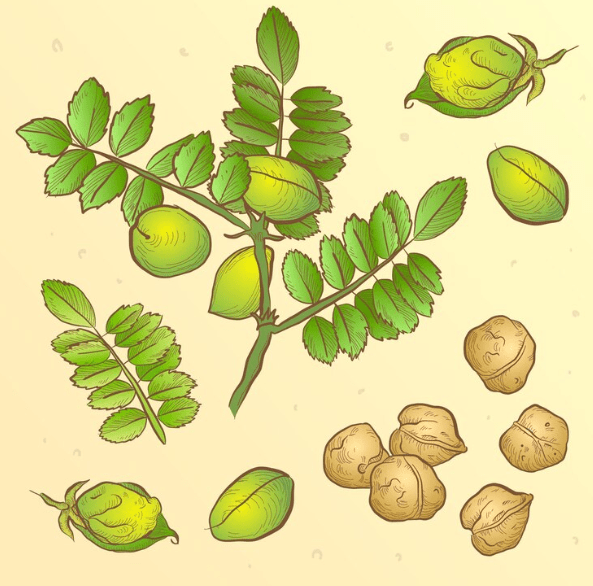
Ideal Growing Conditions
Castor oil plant seeds thrive in warm and humid conditions, making them ideal for growth in tropical and subtropical regions. They require well-drained soil and plenty of sunlight to flourish. It’s important to ensure that the soil is fertile and rich in nutrients to support the healthy growth of the plants. Additionally, regular watering is essential, especially during the initial stages of growth. Farmers and gardeners should also be mindful of potential pests and diseases that can affect the plants and take necessary measures to protect them. Overall, providing the ideal growing conditions will help ensure the successful cultivation of castor oil plant seeds for various agricultural and commercial purposes.
Planting Castor Oil Seeds
is a great way to add a valuable crop to your agricultural or gardening efforts. When it comes to planting castor oil seeds, it’s important to consider the ideal growing conditions. These seeds thrive in warm and humid environments, so if you live in a tropical or subtropical region, they may be a great addition to your crop rotation. It’s important to ensure that the soil is well-drained and fertile, and that the plants receive plenty of sunlight. Regular watering is also crucial, especially during the initial stages of growth. Additionally, it’s important to be mindful of potential pests and diseases that can affect the plants and take necessary measures to protect them. By providing the ideal growing conditions, you can ensure the successful cultivation of castor oil plant seed for various agricultural and commercial purposes.
Harvesting and Processing Castor Oil Plant Seeds
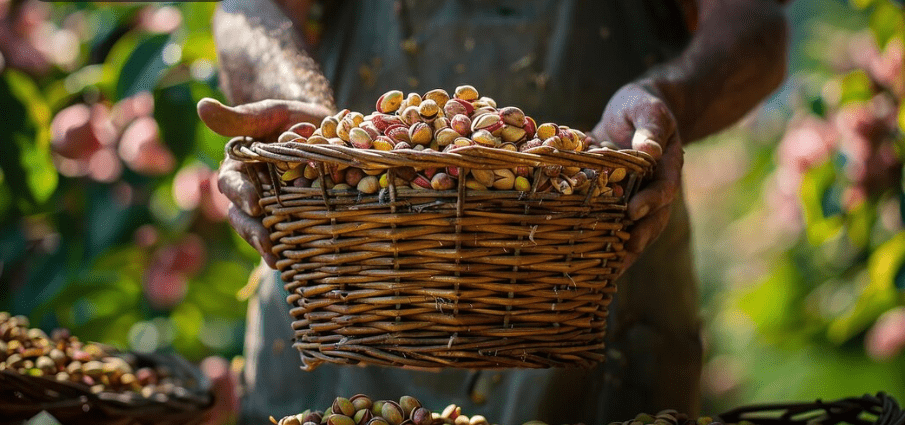
When and How to Harvest
Harvesting castor oil plant seeds should be done when the seed pods have turned brown and have started to split open. This is usually around the end of summer or beginning of fall, depending on the climate and growing conditions. To harvest the seeds, simply cut the seed pods from the plant and collect them in a container.
Once you have harvested the seeds, it’s important to process them properly to extract the oil. The seeds contain a toxic compound called ricin, so it’s crucial to handle them with care. The seeds can be pressed to extract the oil, which can then be used for various purposes such as making soaps, lubricants, and biofuels.
Overall, providing the ideal growing conditions and harvesting the seeds at the right time will ensure a successful cultivation and processing of castor oil plant seed.
Processing Seeds for Oil Extraction
involves a few key steps. First, the seeds need to be cleaned to remove any debris or impurities. This can be done by washing the seeds and then allowing them to dry completely. Once the seeds are cleaned, they can be pressed to extract the oil. This can be done using a mechanical press or by using a solvent extraction method. The extracted oil can then be further refined to remove any remaining impurities. It’s important to handle the seeds and oil with caution, as the seeds contain a toxic compound called ricin. Proper safety measures should be followed to ensure the safe processing of the seeds and extraction of the oil. Overall, processing castor oil plant seeds for oil extraction requires careful attention to detail and adherence to safety protocols.
Uses of Castor Oil from Plant Seeds
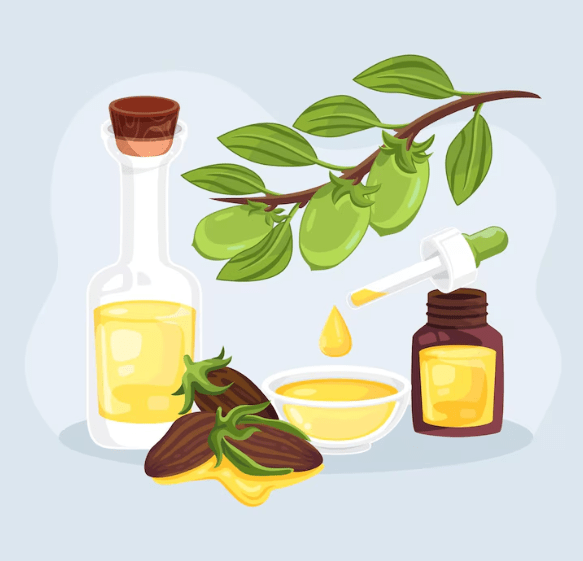
Household Uses
Castor oil has a variety of household uses. It can be used as a natural remedy for constipation, as a massage oil, and as a natural moisturizer for the skin and hair. It has also been used as a natural lubricant for machinery and tools. Additionally, castor oil can be used as a natural insect repellent in the garden. It has a wide range of uses and can be a versatile addition to any household.
Medicinal Applications
Apart from its household uses, castor oil also has a range of medicinal applications. It is often used as a laxative to relieve constipation and promote bowel movements. Additionally, it can be used topically to treat various skin conditions such as acne, sunburn, and dry skin. Castor oil is also used in some traditional medicine practices to induce labor in pregnant women. Furthermore, research suggests that castor oil may have anti-inflammatory and antimicrobial properties, making it a potential treatment for various skin infections and inflammatory conditions. As with any medicinal application, it’s important to consult with a healthcare professional before using castor oil for any medical purpose.
Safety and Toxicity Considerations
Toxic Components of Castor Seeds
While castor oil has many uses, it’s important to be aware of the toxic components of castor seeds. Castor seeds contain a toxic compound called ricin, which can be harmful if ingested in large quantities. It’s important to keep castor seeds and the oil out of reach of children and pets, and to handle them with care. When using castor oil for medicinal purposes, it’s essential to follow recommended dosages and consult with a healthcare professional. Additionally, it’s important to be aware of any potential allergic reactions or skin sensitivities when using castor oil topically. As with any natural remedy, it’s important to use caution and seek guidance from a healthcare professional to ensure safe and effective use.
First Aid and Emergency Procedures
are essential skills to have in case of any medical emergency. Whether it’s a small cut or a more serious injury, knowing how to administer first aid can make a big difference in the outcome. It’s important to be prepared and have a basic understanding of first aid techniques and emergency procedures. This includes knowing how to properly clean and dress a wound, perform CPR, and handle other medical emergencies. Having the knowledge and skills to provide immediate care can potentially save lives. It’s also important to have a first aid kit readily available in case of emergencies. Make sure to familiarize yourself with the contents of the first aid kit and how to use them. It’s also important to regularly update the kit and replace any expired items. If you’re unsure about how to handle a medical emergency, don’t hesitate to seek help from a healthcare professional or call emergency services. Being prepared and knowledgeable about first aid and emergency procedures can make a significant difference in the outcome of a medical emergency.
Environmental Impact of Castor Oil Plant Seeds
Ecological Benefits
The castor oil plant seeds have a number of ecological benefits. They are a valuable source of renewable energy, as they can be processed to produce biodiesel. This reduces our dependence on fossil fuels and helps to lower greenhouse gas emissions. Additionally, the plant itself is a hardy and resilient crop that can thrive in challenging environmental conditions, making it a sustainable option for biofuel production. Furthermore, the plant can help to prevent soil erosion and desertification, as its deep root system stabilizes the soil and reduces the risk of land degradation. Overall, the cultivation of castor oil plant seeds can have positive ecological impacts and contribute to a more sustainable and environmentally friendly energy industry.
Potential Environmental Hazards
The castor oil plant seeds can also pose potential environmental hazards if not managed properly. The plant contains ricin, a toxic substance that can be harmful to both humans and animals if ingested. Additionally, the plant can grow and spread rapidly, potentially becoming invasive in certain ecosystems. This can disrupt the balance of native flora and fauna. It’s important to carefully consider the ecological impact of cultivating the castor oil plant seed and to take measures to manage and mitigate any potential hazards. This includes proper disposal of any waste produced during the processing of the seeds and implementing measures to prevent the spread of the plant in non-native habitats. By being mindful of the potential environmental hazards and taking appropriate precautions, we can work towards harnessing the ecological benefits of the castor oil plant seeds in a responsible and sustainable manner.
In conclusion, planting and harvesting castor oil plant seeds requires attention to detail and proper care. It’s important to ensure that the seeds are planted in well-drained soil and receive plenty of sunlight. When it comes to harvesting, it’s best to wait until the seed pods have fully matured and turned brown before harvesting. By following these guidelines, you can ensure a successful and abundant harvest of castor oil plant seeds.
Frequently asked questions And Answer
The best time to plant castor oil plant seeds is in the spring, after the last frost has passed.
Castor oil plants thrive in full sun, so make sure to plant them in an area that receives at least 6-8 hours of sunlight per day.
Water the plants regularly, keeping the soil consistently moist but not waterlogged.
The seeds can be harvested in the fall once the seed pods have turned brown and started to crack open.
Use gloves to protect your hands from the toxic sap, then cut the seed pods from the plant and collect the seeds.
Store the seeds in a cool, dry place in an airtight container to prevent them from spoiling.
It’s important to wear gloves and handle the seeds with caution, as they contain a toxic substance that can be harmful if ingested or if it comes into contact with the skin.

